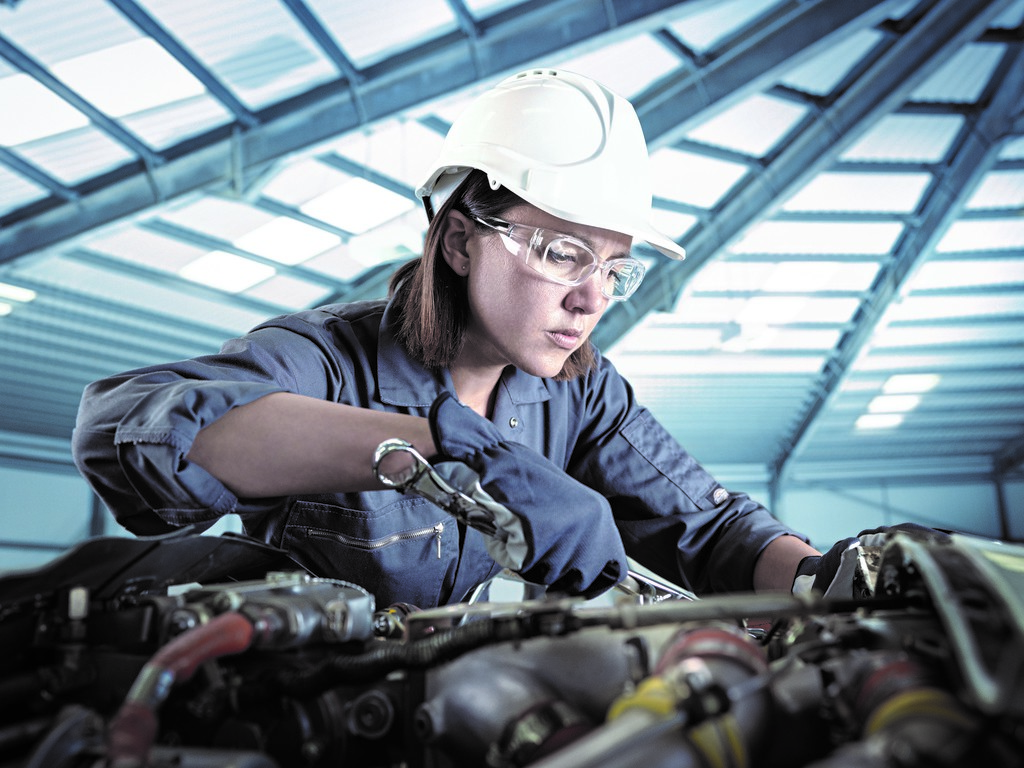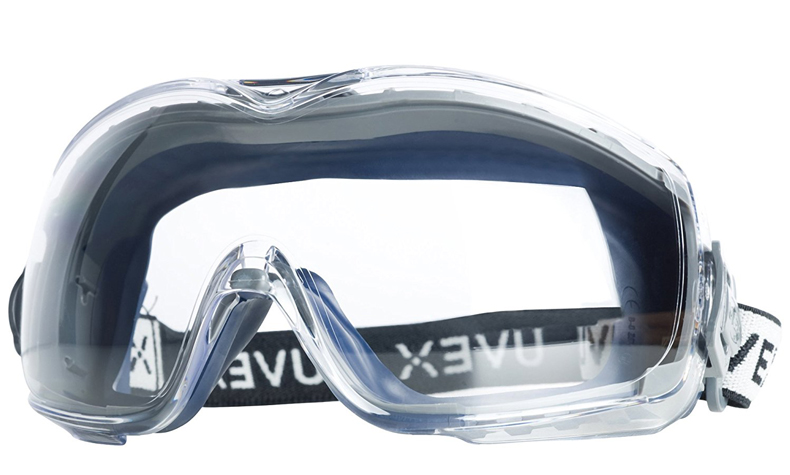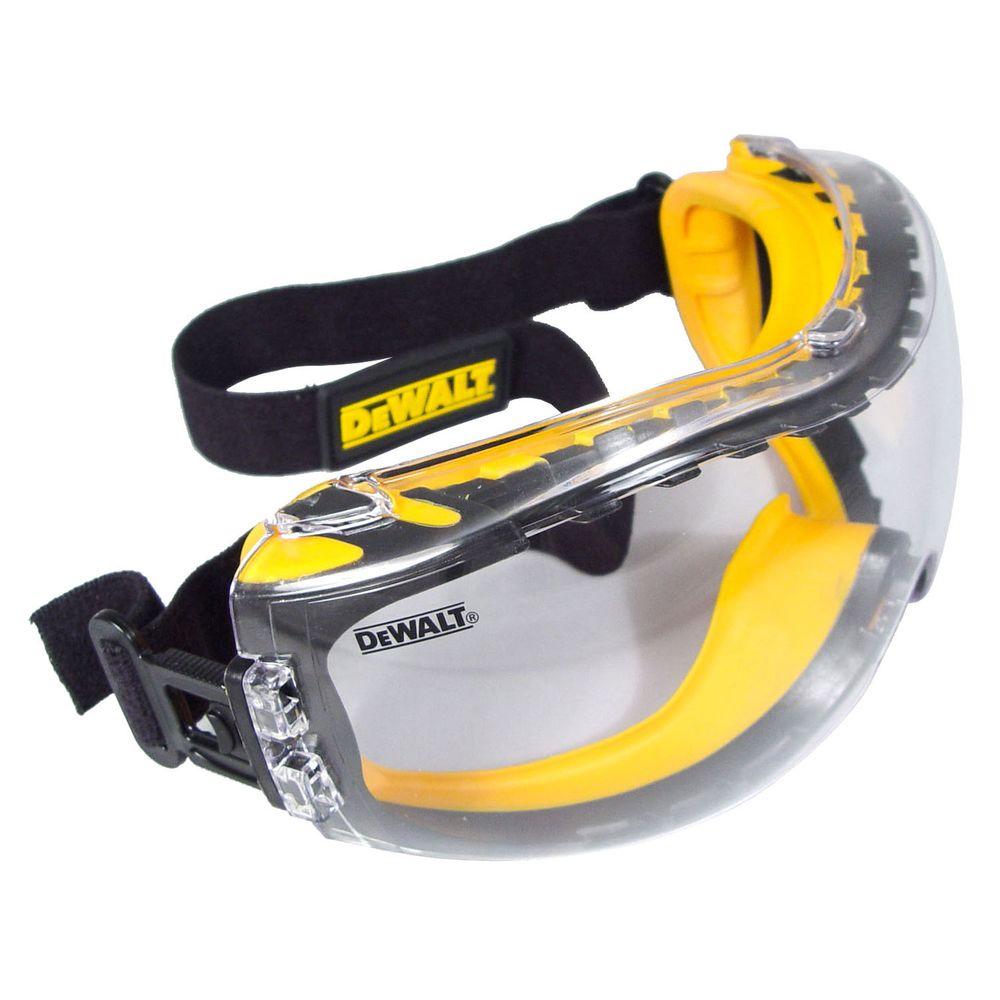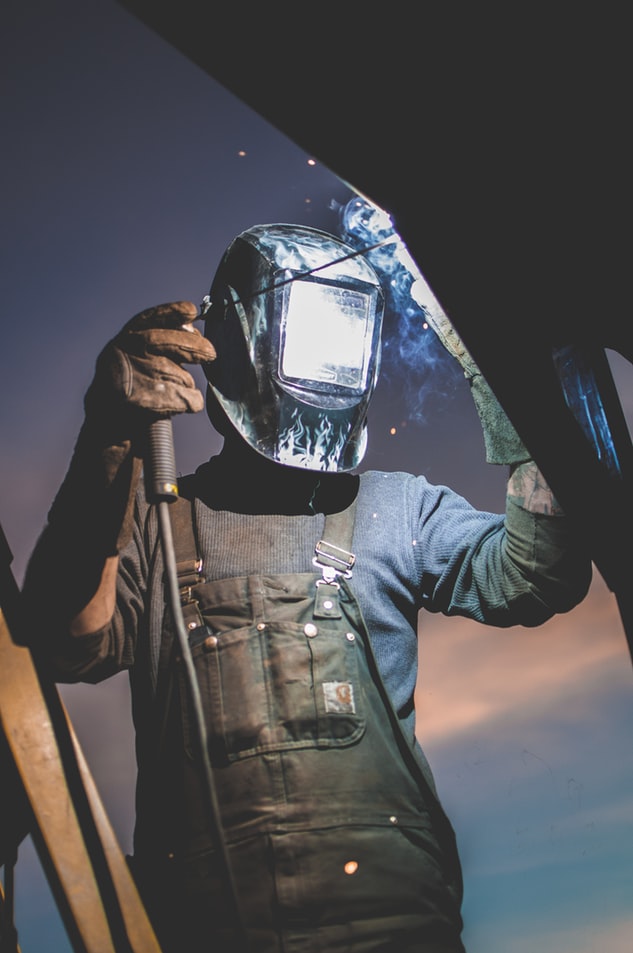Eye & Face Protection
EYE & FACE PROTECTION
Eye Protective Equipments
If you are exposed to dust, acids, molten metal’s, grinding wheels, hazardous optical radiation – you need to take the proper precautions and protect your eyes. If you don’t, it’s possible to lose the precious gift of sight. Thousands of eye injuries occur in the workplace each year, warranting the need for total eye protection. Wearing the eye protection that your job or location requires is a simple way to keep your eyes safe.
To protect eyes against these harmful or dangerous factors, there are eye protective equipment in four basic categories :
- Spectacles
- Protective goggles
- Face shields
- Welder’s face shields

The eye protective equipment in these four basic categories are equipped with vision systems, oculars, meshes or filters. Filters include:
- Welding Filters
- Ultraviolet Filters
- Infrared Filters
- Sunglare Filters
- Filters protecting against Laser Radiation
The eye protective equipment can also be part of the respiratory protective devices (vision systems in masks) or head protection equipment (face shields mounted in industrial protective helmets). The eye protective equipment in all of these categories are composed of
- A transparent part (vision systems, oculars, meshes or filters) and
- A frame (spectacles and goggles) or
- A housing with a harness (shields).
All types of eye protectors have to meet the basic safety and health requirements as per IS/ANSI/EN.
Selecting eye protectors for different workplaces
Principles for the use of any type of eye protectors to protect against various types of hazards are the same as for any other group of personal protective equipment. This means that when organizational and other technical solutions (e.g. collective protection measures) are not sufficient, the employer must provide employees with eye protectors appropriate to the type and level of risk.
Spectacles are the most widely used eye protection equipment.
If a higher degree of eye protection is required, protective goggles should be used. Their construction ensures tight adhesion to the user’s face, which also provides protection against biological factors. We should remember that the ventilation systems of goggles are often very different one from another, though they are a key feature to be considered when selecting situation appropriate protective goggles. Figure 4 presents goggles with the so-called direct and indirect ventilation systems. Better protection against droplets and splashes of harmful substances is ensured by goggles with indirect ventilation system. The majority of goggles allow for their use with corrective glasses; however, before choosing and purchasing the equipment it is recommended to verify if this quality is available for that particular type of goggle. If the expected hazards require protection of the entire face, face shields should be used.
Face shields protect the entire face and their large protective surface minimizes the probability of penetration by dangerous fluid splatters. Face shields may be used with spectacles, corrective glasses, goggles and some respiratory protection devices.
The last of the basic categories of eye protective equipment are welder’s face shields, i.e. devices protecting the user against harmful optical radiation and other specific hazards arising during welding and/or related techniques. Welder’s face shields include: face screens, hand screens, goggles, spectacles and hoods. Welding filters is composed of the code number and the protection level.



